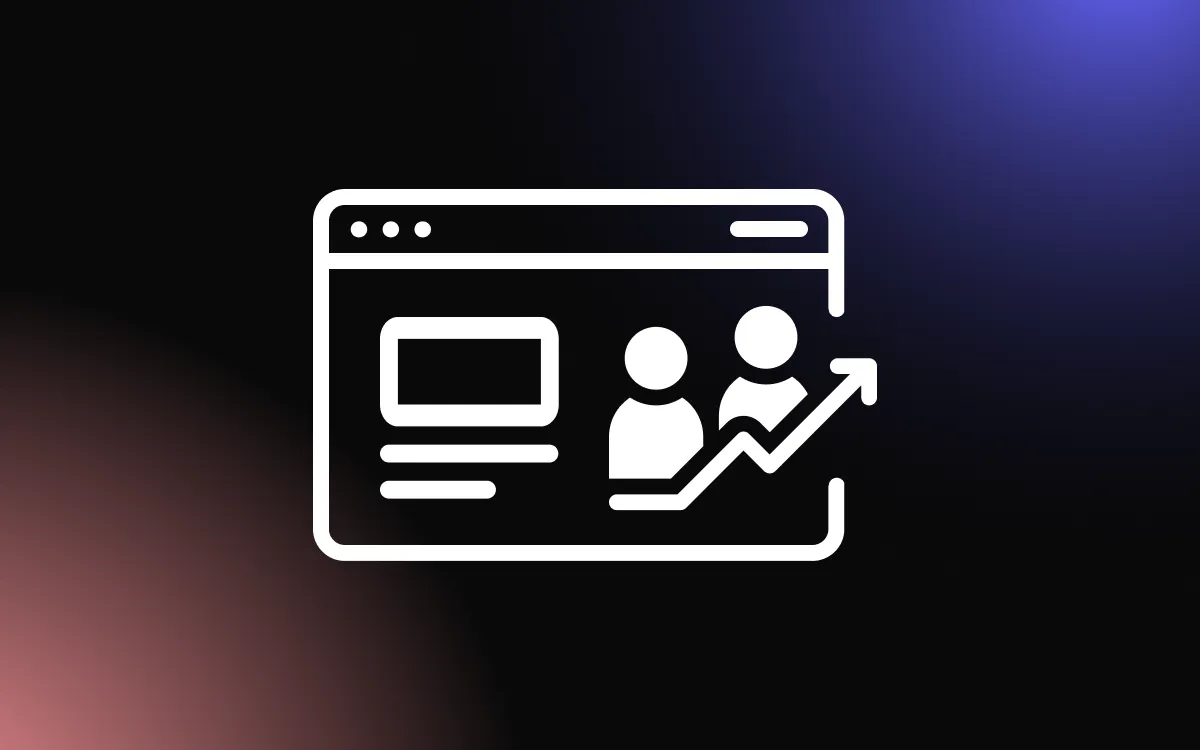
In today's fast-paced business environment, efficiency is key to staying competitive. Booking widgets have become indispensable tools for businesses aiming to streamline their operations and enhance customer interactions.
These widgets allow customers to book appointments or services directly from a company's website or social media platforms, minimizing administrative tasks and improving user experience.
This article will explore the role of booking widgets in modern business operations, highlighting how they can maximize efficiency, reduce workload, and facilitate seamless interactions with customers.
Introduction to Booking Widgets
Booking widgets are essential tools for websites that facilitate convenient scheduling and reservation processes directly from a webpage.
Definition of Booking Widgets
A booking widget is a software component embedded into a website that allows visitors to book appointments, make reservations, or schedule services without needing to leave the page.
It acts as an interface between the user and the company's booking system, integrating seamlessly with the website's design.
Basic Functions and Uses
The primary function of a booking widget is to provide users with an accessible, user-friendly form that captures essential booking details such as date, time, and service options.
These widgets are commonly used in various industries including hospitality, health care, and event management. They automate the booking process, reduce administrative workload, and enhance customer experience by offering real-time availability and instant booking confirmation.
This functionality not only streamlines operations but also improves service accessibility, making it easier for customers to engage with businesses.
Enhancing Business Efficiency with Booking Widgets
Booking widgets are powerful tools that significantly enhance business efficiency by streamlining operations, reducing administrative tasks, and automating communication processes. These benefits contribute to a more organized, customer-friendly service offering.
Streamlining Appointment Scheduling
Booking widgets simplify the process of scheduling appointments by allowing customers to view available times and book their preferred slots directly through a website. This real-time scheduling capability eliminates the back-and-forth communication often necessary in traditional booking methods, such as phone calls or emails.
For businesses, this means a more efficient use of resources, as staff can focus on service delivery rather than managing appointment books.
Moreover, integrating these widgets with calendar systems ensures that all appointments are automatically synchronized, reducing the chances of double bookings and scheduling conflicts.
Reducing Administrative Burdens
One of the primary advantages of implementing booking widgets is the significant reduction in administrative burdens.
By automating the booking process, businesses can minimize the manual entry of appointment details, which in turn reduces errors and saves valuable administrative time.
This automation extends to managing changes in bookings—customers can reschedule or cancel appointments through the same widget, which updates the system in real time, keeping all records current without additional administrative intervention.
Automating Customer Notifications
Booking widgets also enhance operational efficiency by automating customer notifications. Once an appointment is booked, confirmation emails or SMS messages are automatically sent to customers, providing them with all necessary details and a professional touch.
Reminders can also be sent automatically prior to appointments, reducing no-show rates and ensuring customers are well-informed.
This automated communication streamlines the interaction process, maintains consistent customer engagement, and improves the overall customer experience by keeping clients informed and prepared for their appointments.
Integration of Booking Widgets into Business Systems
Integrating booking widgets into business systems enhances operational efficiencies, customer service, and data management.
This integration typically involves embedding widgets into websites, ensuring compatibility with Customer Relationship Management (CRM) systems, and optimizing for mobile accessibility.
Website Integration
Embedding a booking widget into a business website is a straightforward process that involves placing a few lines of code into the website’s HTML.
This allows the widget to appear as a seamless part of the site’s design, providing customers with an intuitive and easily accessible booking interface. Website integration helps convert visitors into customers by enabling them to make instant bookings as they browse services.
For the business, this integration means that booking data is automatically updated in real time, ensuring all team members have access to the latest schedule without manual updates.
Compatibility with CRM Systems
For maximum efficiency, booking widgets should be compatible with existing CRM systems. This compatibility allows for automatic synchronization of customer data with each booking.
Whenever a customer makes a booking, their contact information and interaction history can be stored or updated in the CRM system.
This integration provides valuable insights into customer preferences and behavior, enhances personalized marketing efforts, and improves customer service by ensuring all interactions are recorded and accessible for future reference.
Mobile Accessibility
Given the increasing use of mobile devices for internet access, booking widgets must be optimized for mobile accessibility. This means ensuring the widget's design is responsive, meaning it adjusts seamlessly to fit the screen size of smartphones and tablets.
Mobile optimization enhances the user experience, making it easy for customers to book appointments on the go, thereby increasing the chances of booking conversions. It also ensures that no potential bookings are lost due to poor user experience on mobile devices.
Benefits of Using Booking Widgets
Booking widgets are a transformative tool for businesses, providing significant enhancements to customer experience and creating increased revenue opportunities.
Improved Customer Experience
Booking widgets directly improve the customer experience by offering convenience, simplicity, and immediate feedback.
Customers appreciate the ability to book services or schedule appointments at any time and from any device, without the need for phone calls or emails. This autonomy in scheduling is complemented by instant confirmation messages and reminders, which add to customer satisfaction by making the process transparent and reliable.
Moreover, the intuitive design of modern booking widgets can make navigating options and selections much easier, reducing frustration and improving the overall interaction with the business.
Increased Revenue Opportunities
Booking widgets also contribute to increased revenue opportunities. By simplifying the booking process, they help convert more website visitors into actual customers, boosting sales.
The 24/7 functionality means businesses can capture demand even outside of traditional working hours. Additionally, the data collected through booking widgets can be used to understand customer preferences and behavior better, enabling more targeted and effective upselling and cross-selling strategies.
Businesses can offer tailored add-ons and services based on the customer’s booking history, increasing the average transaction value.
Conclusion
In conclusion, booking widgets are a vital component of modern business operations, offering significant advantages in terms of operational efficiency and customer service.
This article has highlighted the crucial role these tools play in automating booking processes, reducing administrative burdens, and enhancing customer interactions.
By integrating booking widgets, businesses can not only streamline their service delivery but also provide a more convenient and accessible customer experience.
Ultimately, these widgets help businesses operate more smoothly and respond more effectively to the needs and expectations of their clients, contributing to better service quality and increased business growth.


